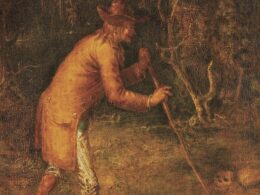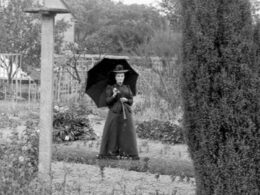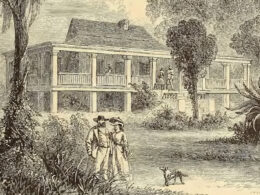O. Henry (1862–1910)
From O. Henry: 101 Stories

Between 1898 and his death in 1910, William Sydney Porter (whom you might know as O. Henry) published at least 260 stories in newspapers and magazines. Setting aside various humor sketches and his daily column in The Houston Post during the mid-1890s, his first “proper” short story, “The Miracle of Lava Canyon,” was distributed by the McClure Newspaper Syndicate in 1898—while he was serving a prison sentence for embezzlement.
After his release from prison in 1901, Porter moved to Pittsburgh before ending up in New York. He almost immediately began churning out stories, and they were all almost immediately accepted for publication: reaching a peak of sixty-six stories published in 1904, followed by fifty-four stories in 1905, before settling down to an average of twenty stories a year. Although many authors would be thrilled with having that many stories accepted for publication each year, his “slower” pace in the second half of the decade brought new problems: he was unable to afford his profligate lifestyle—he was notorious for his generosity to others—and he had accepted assignments and advances for writing far more than twenty stories a year.
Among the stories he published in 1907 were a dozen about a con artist named Jeff Peters—ten of which appeared as a weekly series during the summer in Sunday newspapers across the country. Based on tales he had heard in the penitentiary, “The Gentle Grafter” series presents the comical recollections of a swindler who has a sense of ethics. “I prefer a square, non-illegal style of business,” Peters insists. “When I take money I want to leave some tangible object in the other fellow’s hands for him to gaze at and to distract his attention from my spoor, even if it’s only a Komical Kuss Trick Finger Ring for Squirting Perfume in a Friend’s Eye.”
But in one story, “Conscience with Art,” his collaborator on a scam targeting Pittsburgh millionaires tricks Peters into violating his own principles. We present that story as our Story of the Week selection.



